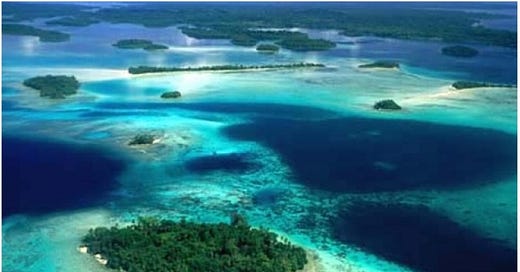Big-Power Shenanigans in the Solomon Islands
The maritime Belt and Road initiative attracts Australia’s attention
By: Hamish McDonald
In the Pacific, as in Africa, nothing renews the interest of traditional Western patrons and aid donors like the arrival of the People’s Republic of China on the scene. Indeed, as news was breaking of a proposed Chinese military presence in the Solomon Islands last Thursday, the country’s Prime Minister, Manasseh Sogavare, had a visit…
Keep reading with a 7-day free trial
Subscribe to Asia Sentinel to keep reading this post and get 7 days of free access to the full post archives.



